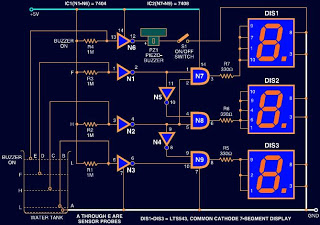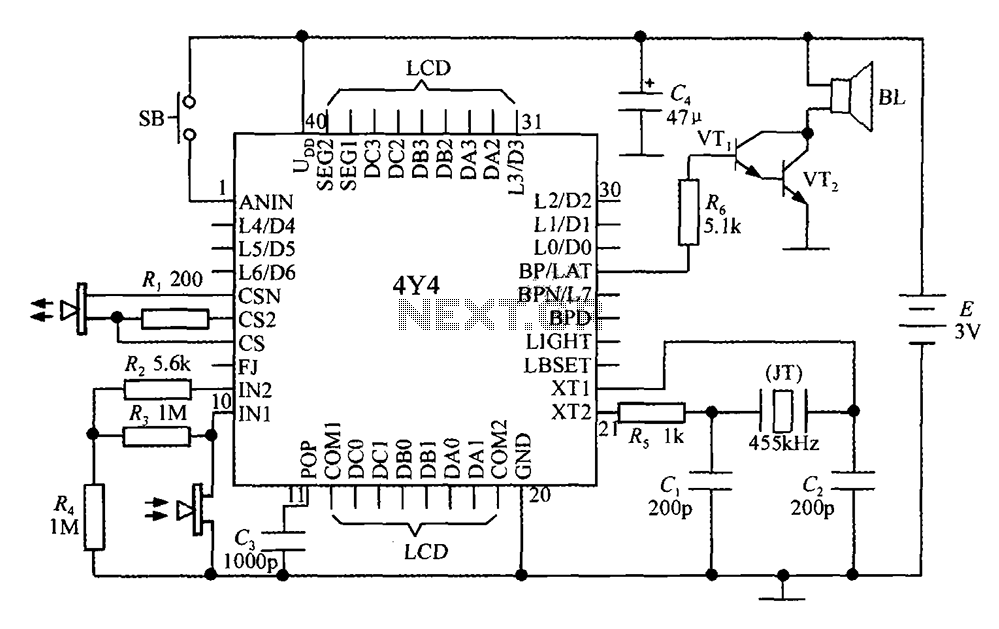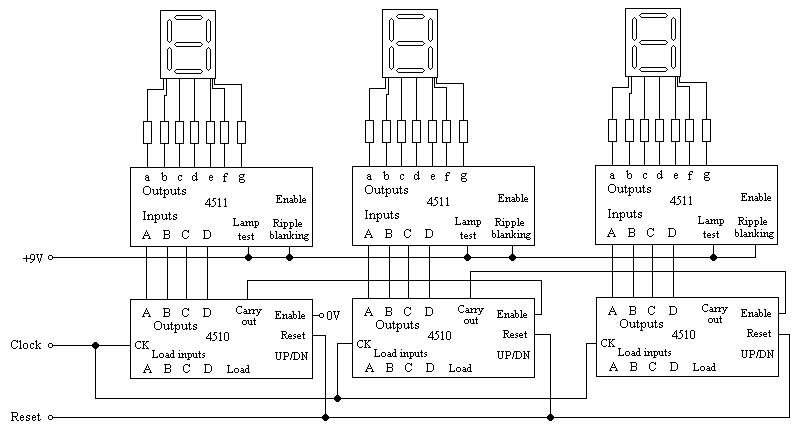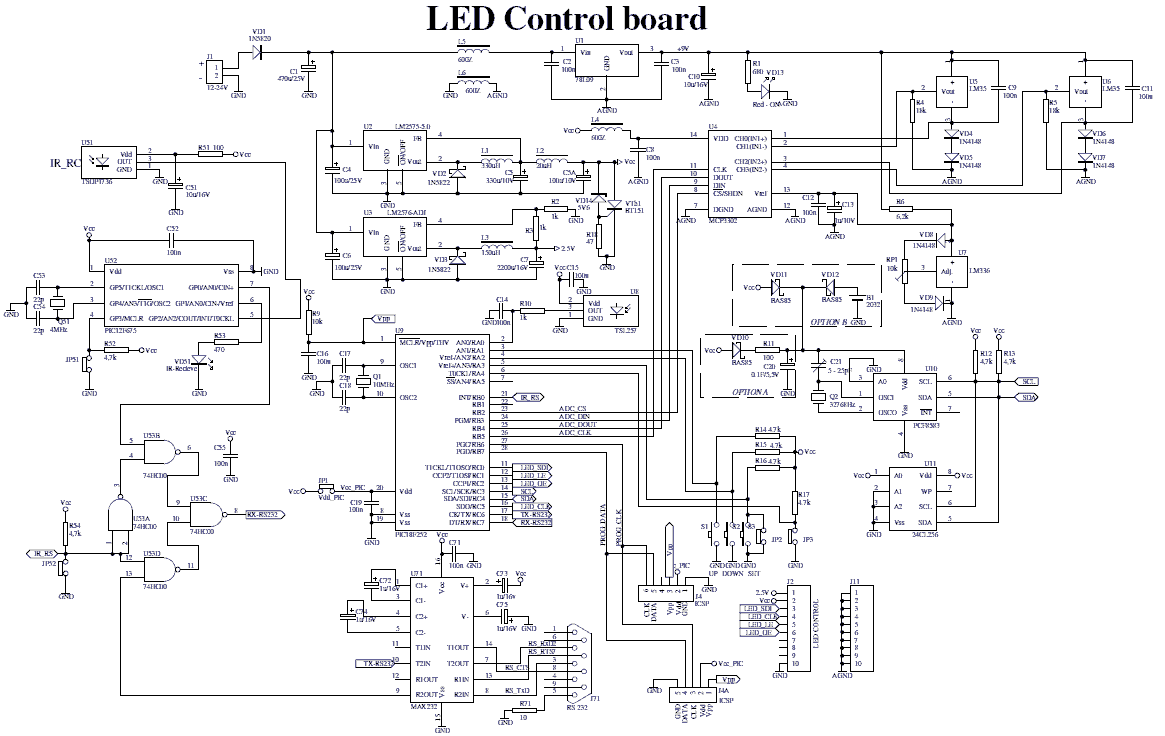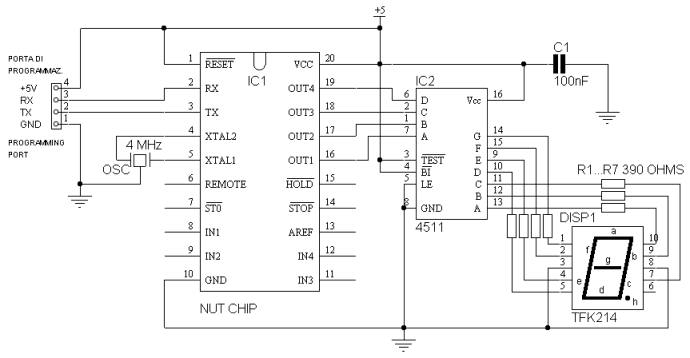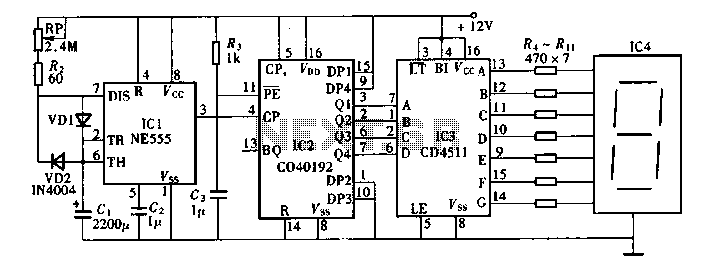
Play Games with Nixie Tubes
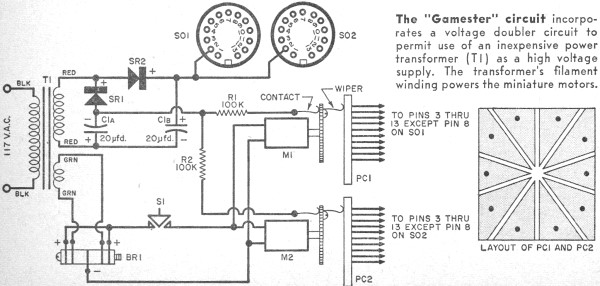
Nixie tubes were utilized for numeric and occasionally alphanumeric displays prior to the advent of LEDs and LCDs. They resembled light bulbs more than traditional tubes, yet were encased in evacuated glass shells akin to vacuum tubes and featured round, multi-pin bases similar to those found in tubes. Each character was illuminated by separate filaments. There were two primary types: characters that were visible through the top of the tube and those that were visible through the side. Nixie tubes have gained popularity among retro equipment builders, with numerous products incorporating them, such as clocks, wristwatches, radios, clock radios, calendars, games, and more. They were extensively used in electronic test equipment and medical instruments. For instance, several signal generators used in the MPN-14 radar were equipped with Nixie tube displays. The term "Nixie" is believed to have originated from "NIX I," an abbreviation for "Numeric Indicator eXperimental No. 1," as designated by the Burroughs Corporation around 1955. The HB-106 Nixie tubes required for this project can be purchased on eBay. This technology allows for a more engaging experience in games such as Bingo, Roulette, Put-and-Take, Quizzo, and various other numerical games. By simply pressing a button, users can display a pair of randomly selected numbers in bright neon lights, visible from up to 20 feet away. This straightforward digital presentation is facilitated by the Nixie tube. Although primarily designed for computer panel read-out systems, Nixie tubes can be utilized in any device requiring the display of digits from 0 to 9 for an audience. By employing two Nixies, a pair of small electric motors, two printed-circuit commutator boards, and an appropriate power source, a game machine can be constructed that adds excitement to social gatherings, community events, and even assists children in practicing arithmetic. The operation is simple: pressing the button activates the motors, causing the Nixie numbers to flash rapidly, rendering them imperceptible to the eye. Once the button is released, the motors halt, revealing two illuminated numbers for all to see. The selection of numbers is achieved through a wiper installed on the motor gear. As the armature rotates, the wiper arm makes contact with ten copper segments, separated by etched grooves on a printed-circuit board functioning as a commutator.
Preparation of the Commutators involves cutting a piece of 2" x 4 1/2" copper laminate board in half using a fine-toothed hacksaw blade. A cardboard wedge, with an angle of exactly 36 degrees, is created using a protractor. This wedge acts as a template to divide the laminate into ten equal segments of 36 degrees each, with light scoring on the copper to mark the divisions. Strips of 1/32" resist tape are placed over the score lines, ensuring the adhesive is firmly pressed onto the copper. Liquid resist is then applied over the entire board, leaving approximately 1/2" of copper exposed along the bottom. This process is repeated for a second copper plate, which is set aside to dry for about thirty minutes. Following this drying period, the resist tape is removed, and the plates are immersed in an etchant bath until all copper is removed from the grooves between segments and the strip along the bottom. Upon completion of the etching process, the boards are rinsed in clear running water, and a small amount of paint remover is brushed onto the surfaces to finalize the preparation.Nixie tubes were used for numeric - and sometimes alpha - displays back in the days before LEDs and LCDs. They were more light bulbs than tubes, but were encapsulated in evacuated glass shells like vacuum tubes and had round, multi-pin bases like tubes.
Separate filaments were provided for each character. There were two basic varieties: characters that displayed through the top of the tube, and characters that displayed through the side of the tube. Nixie tubes are popular with builders of retro equipment, and a lot of products are available for sale that incorporate them; e. g. , clocks, wrist watches, radios, clock radios, calendars, games, and much more. Electronic test equipment and medical instruments were big users of Nixie tubes. I remember a couple of the signal generators we used on the MPN-14 radar has Nixie tube displays. Supposedly the name "Nixie" derived from "NIX I", an abbreviation of "Numeric Indicator eXperimental No.
1, " as designated by the Burroughs Corporation sometime around 1955. The HB-106 Nixie tubes for this project can be purchased on eBay. You can throw away the whirling number wheels, the tumbling golf balls in the squirrel cage, and the gallopin` dominoes! It`s, much more fun to play Bingo, Roulette, Put-and-Take, Quizzo, boy-girl parlor games, and a host of other games - electronically!
By merely pressing a button, you can display a pair of randomly selected numbers for all kinds of numerical games in shining neon lights visible up to 20 feet away. This simple form of digital presentation is made possible by a modern little electron tube called a "Nixie.
" Although specifically designed for computer panel read-out systems, the Nixie can be used in any device where any digit from 0 to 9 is to be displayed to a group of viewers. By using two Nixies, a pair of tiny electric motors, two printed-circuit commutator boards, and a suitable power source, you can make up a game machine that will put new life in the dullest party, spark community and church affairs, and even help the youngsters in the house practice their arithmetic; All you do is push the button.
Whirling motors flash the Nixie numbers inside the tubes too fast for the eye to follow. When the button is released, the motors come to rest, leaving two glowing numbers for everyone to see. Numerical selection is accomplished by a wiper installed on the motor gear. As the armature rotates, the wiper arm contacts successively ten copper segments separated by etched grooves on a printed-circuit board which serves as a commutator.
Prepare the Commutators. Using a fine-toothed hacksaw blade, cut a single piece of 2" x 4 1/2" XXXP copper laminate board exactly in half. Make up a little cardboard wedge having an angle of exactly 36 ° with the help of a protractor. Using the wedge as a template, divide the laminate into ten equal segments of 36 ° each, and score the copper lightly with a sharp-pointed tool to mark the divisions.
Lay strips of 1/32" resist tape over the score lines and press their adhesive sides firmly down on the copper. Carefully paint the liquid resist over the entire board, leaving about 1/2" of copper exposed along the bottom as shown in photo above.
Repeat this procedure with the second copper plate and set both pieces aside to dry for about a half hour. After this interval, remove the resist tape and immerse the plates in the etchant bath, leaving them in long enough to remove all the copper in the clear grooves between segments and the strip along the bottom.
When the etching is complete, rinse the boards in clear running water and then brush a little paint remover 🔗 External reference
Preparation of the Commutators involves cutting a piece of 2" x 4 1/2" copper laminate board in half using a fine-toothed hacksaw blade. A cardboard wedge, with an angle of exactly 36 degrees, is created using a protractor. This wedge acts as a template to divide the laminate into ten equal segments of 36 degrees each, with light scoring on the copper to mark the divisions. Strips of 1/32" resist tape are placed over the score lines, ensuring the adhesive is firmly pressed onto the copper. Liquid resist is then applied over the entire board, leaving approximately 1/2" of copper exposed along the bottom. This process is repeated for a second copper plate, which is set aside to dry for about thirty minutes. Following this drying period, the resist tape is removed, and the plates are immersed in an etchant bath until all copper is removed from the grooves between segments and the strip along the bottom. Upon completion of the etching process, the boards are rinsed in clear running water, and a small amount of paint remover is brushed onto the surfaces to finalize the preparation.Nixie tubes were used for numeric - and sometimes alpha - displays back in the days before LEDs and LCDs. They were more light bulbs than tubes, but were encapsulated in evacuated glass shells like vacuum tubes and had round, multi-pin bases like tubes.
Separate filaments were provided for each character. There were two basic varieties: characters that displayed through the top of the tube, and characters that displayed through the side of the tube. Nixie tubes are popular with builders of retro equipment, and a lot of products are available for sale that incorporate them; e. g. , clocks, wrist watches, radios, clock radios, calendars, games, and much more. Electronic test equipment and medical instruments were big users of Nixie tubes. I remember a couple of the signal generators we used on the MPN-14 radar has Nixie tube displays. Supposedly the name "Nixie" derived from "NIX I", an abbreviation of "Numeric Indicator eXperimental No.
1, " as designated by the Burroughs Corporation sometime around 1955. The HB-106 Nixie tubes for this project can be purchased on eBay. You can throw away the whirling number wheels, the tumbling golf balls in the squirrel cage, and the gallopin` dominoes! It`s, much more fun to play Bingo, Roulette, Put-and-Take, Quizzo, boy-girl parlor games, and a host of other games - electronically!
By merely pressing a button, you can display a pair of randomly selected numbers for all kinds of numerical games in shining neon lights visible up to 20 feet away. This simple form of digital presentation is made possible by a modern little electron tube called a "Nixie.
" Although specifically designed for computer panel read-out systems, the Nixie can be used in any device where any digit from 0 to 9 is to be displayed to a group of viewers. By using two Nixies, a pair of tiny electric motors, two printed-circuit commutator boards, and a suitable power source, you can make up a game machine that will put new life in the dullest party, spark community and church affairs, and even help the youngsters in the house practice their arithmetic; All you do is push the button.
Whirling motors flash the Nixie numbers inside the tubes too fast for the eye to follow. When the button is released, the motors come to rest, leaving two glowing numbers for everyone to see. Numerical selection is accomplished by a wiper installed on the motor gear. As the armature rotates, the wiper arm contacts successively ten copper segments separated by etched grooves on a printed-circuit board which serves as a commutator.
Prepare the Commutators. Using a fine-toothed hacksaw blade, cut a single piece of 2" x 4 1/2" XXXP copper laminate board exactly in half. Make up a little cardboard wedge having an angle of exactly 36 ° with the help of a protractor. Using the wedge as a template, divide the laminate into ten equal segments of 36 ° each, and score the copper lightly with a sharp-pointed tool to mark the divisions.
Lay strips of 1/32" resist tape over the score lines and press their adhesive sides firmly down on the copper. Carefully paint the liquid resist over the entire board, leaving about 1/2" of copper exposed along the bottom as shown in photo above.
Repeat this procedure with the second copper plate and set both pieces aside to dry for about a half hour. After this interval, remove the resist tape and immerse the plates in the etchant bath, leaving them in long enough to remove all the copper in the clear grooves between segments and the strip along the bottom.
When the etching is complete, rinse the boards in clear running water and then brush a little paint remover 🔗 External reference
